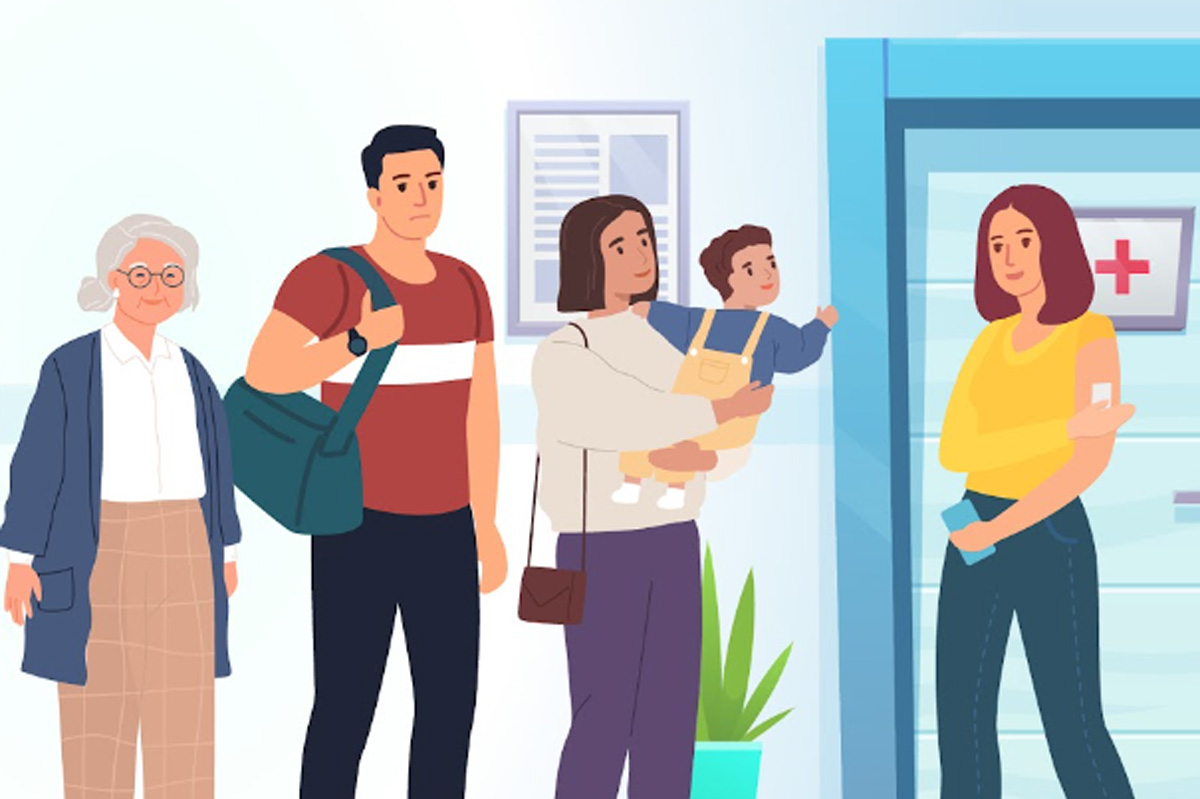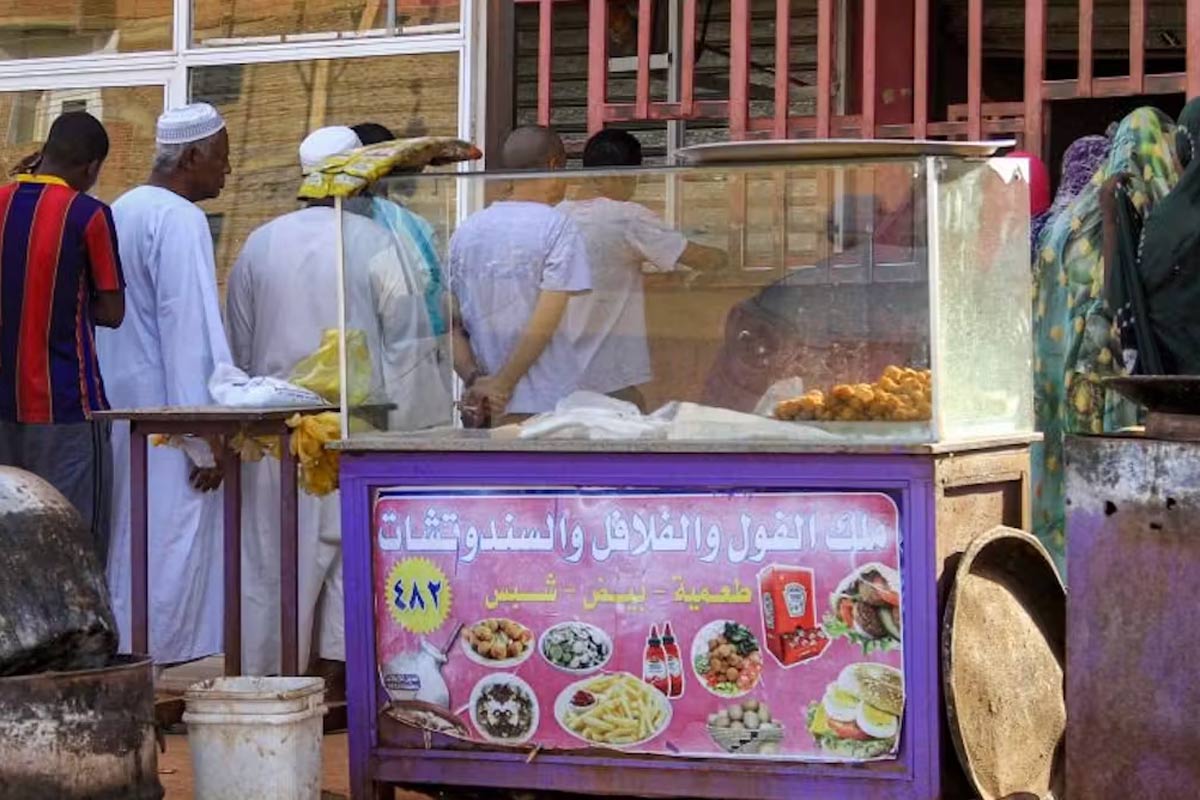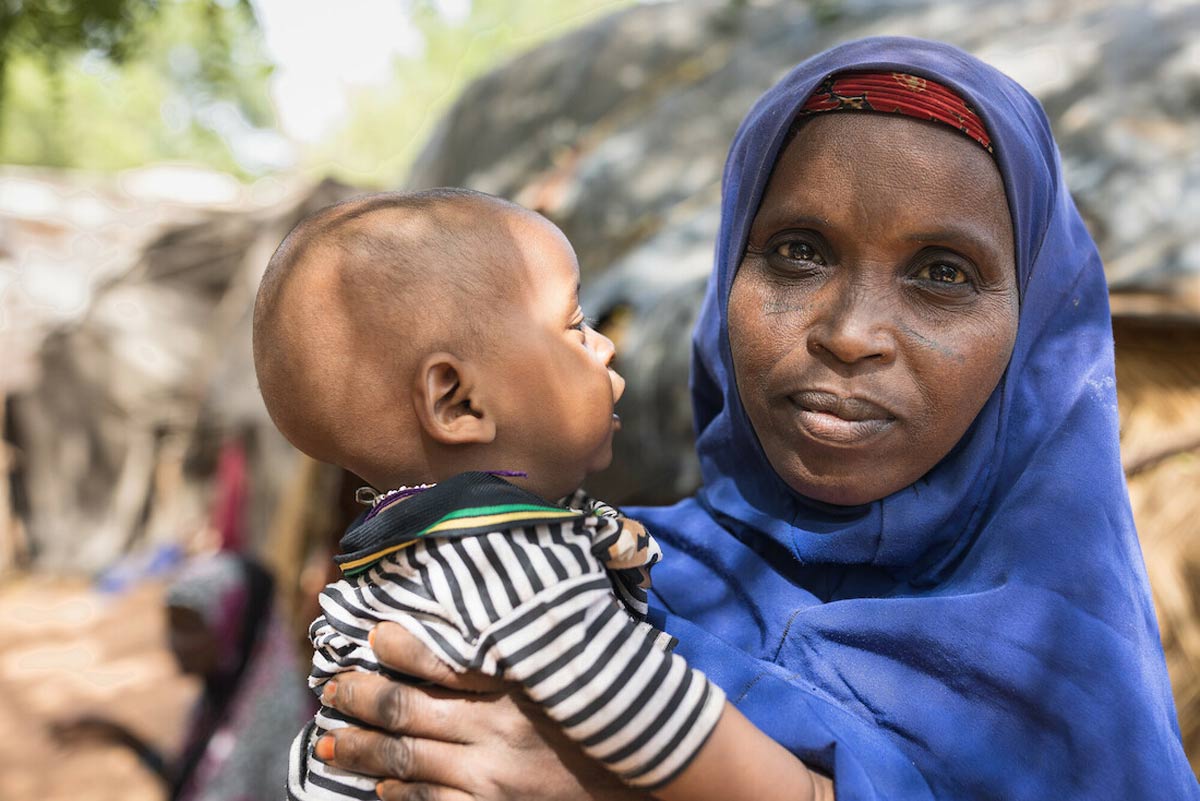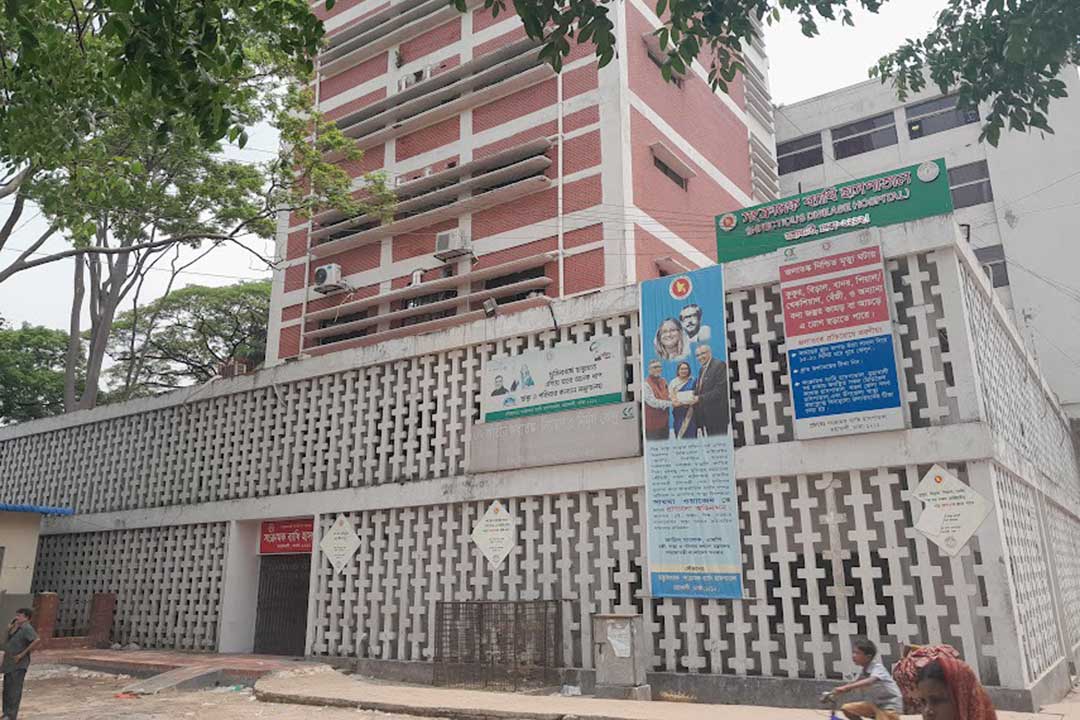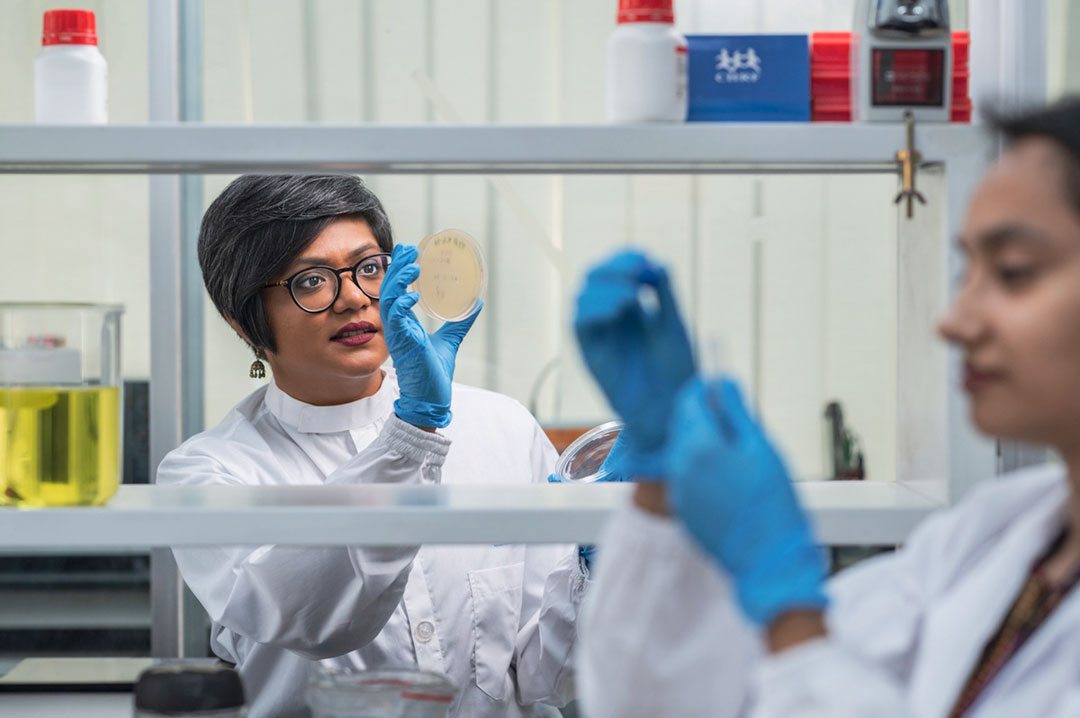In Bangladesh, an ancient disease is increasingly hard to treat
Rates of drug-resistant tuberculosis are on the rise globally. In Dhaka, Mohammad Al Amin learned what it means for both patients and the health system.
- 11 July 2024
- 5 min read
- by Mohammad Al Amin
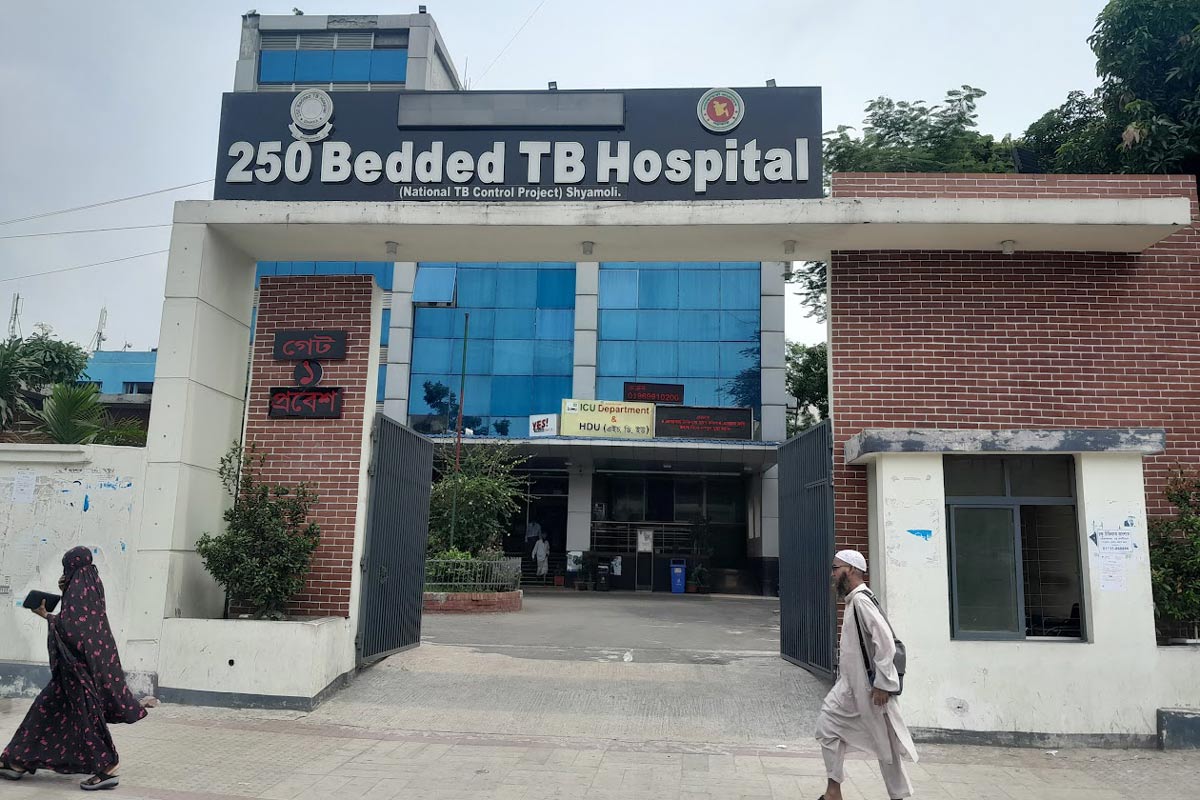
Mohammad Raushon Ali, aged 56, has been in treatment at Dhaka’s 250-bed TB Hospital at Shyamoli since early June.
His tuberculosis saga began back in May, when he began suffering with “serious unstoppable coughing”. Medicines prescribed by doctors at a clinic near his home in Sahapur village, on the outskirts of Dhaka, seemed to have zero effect. “Later, I rushed to the Malancha Government Hospital in Keraniganj, where my TB disease was diagnosed,” he says, speaking from behind a face-mask. “Then I was referred to this hospital.”
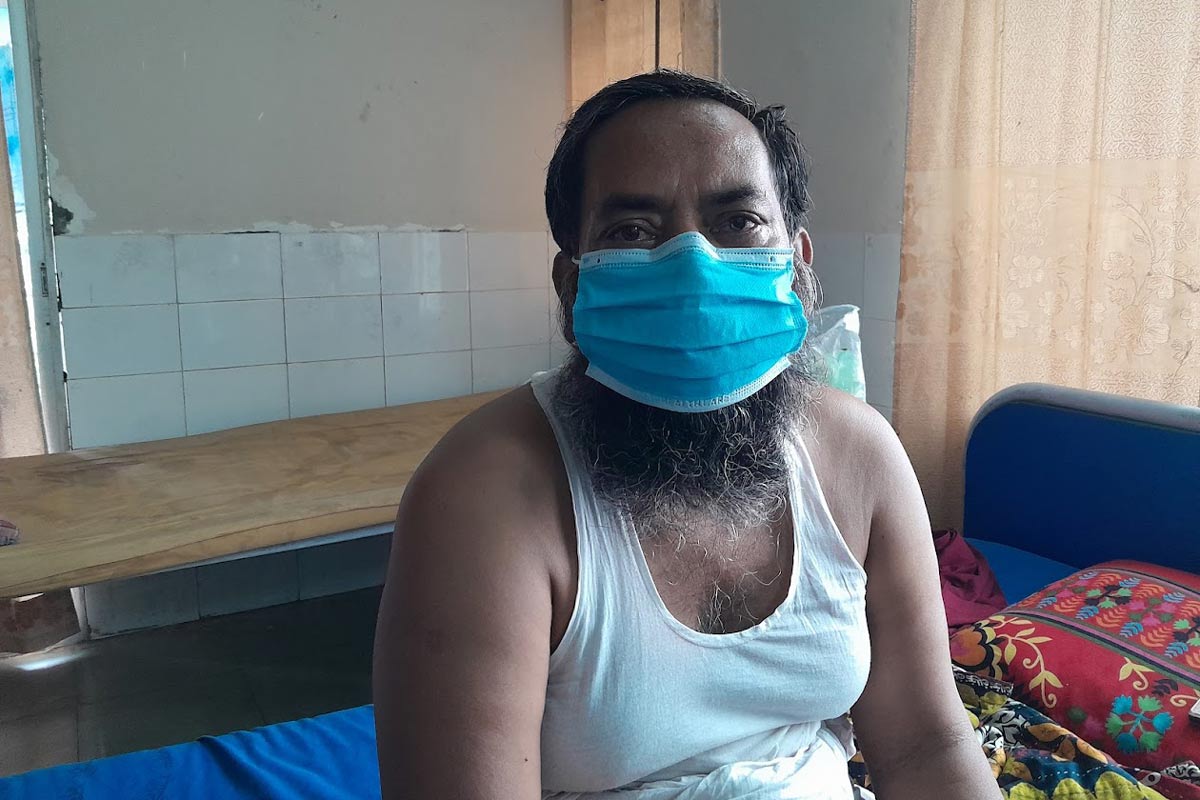
On the MDR-TB ward
The on-duty nurse on the ward confirms that Raushon Ali’s tuberculosis is the tricky kind. Caused by a version of the bacterium that has developed resistance to two frontline drugs, rifampicin and isoniazid, it’s known as MDR-TB for short – multidrug-resistant TB.
Raushon Ali is currently being treated with BPaL, a combination therapy that has as high rate of efficacy against MDR-TB, but which can prompt an array of unwelcome side-effects, ranging from headaches to liver toxicity.
“My family is bearing the burden of my treatment and daily needs with the support from relatives and well-wishers. But I don’t know how long I can continue such situation”
- Mohammad Raushon Ali, tea-stall owner, hospitalised with MDR-TB
“Different ages of patients from young to elderly patients come to this hospital for treatment,” said Ripa Akter, in-charge of nurses at the MDR-TB unit. “Maximum patients get recovery, but [sometimes the] condition of patients deteriorates, [they are] rushed to ICU and die. The patients who have comorbidity and elderly people are vulnerable to the MDR-TB disease,” she added.
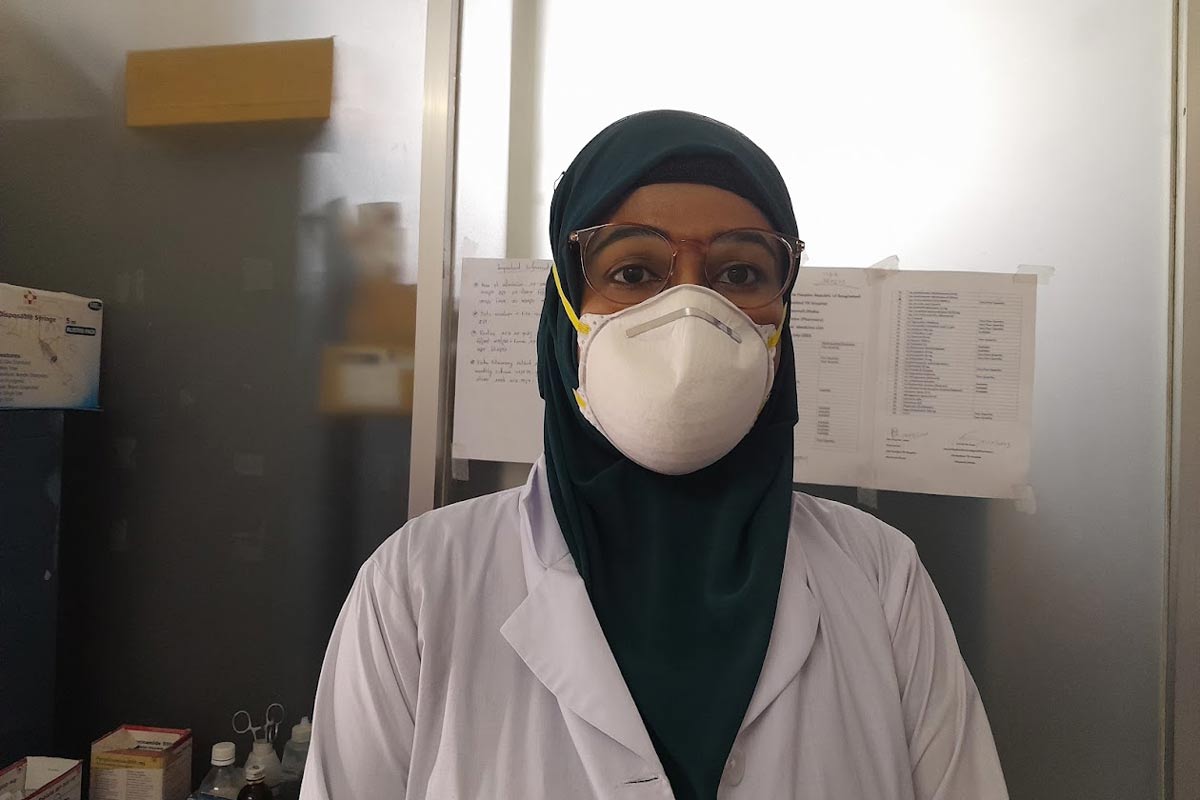
Dr Fahid Noman, pulmonologist, put numbers to her observation, explaining that 90% of the patients treated at the hospital here recover. For some patients it’s a short course of treatment, but for others, “depending on disease severity and clinical condition”, it’s a long haul. “However our MDR-TB patients remain under supervision even after getting released from hospital,” Dr Noman reports.
But death is not the only danger. A halting recovery from antimicrobial-resistant disease carries other risks – financial ones, for instance. Raushon Ali is a small tea stall owner, and the sole income earner for his family, which consists of a wife and four sons. “My family is bearing the burden of my treatment cost and daily needs with the support from relatives and well-wishers. But I don’t know how long I can continue such situation,” he said.
Have you read?
Social repercussions may be harder to quantify, but are no less real. A patient on the female ward, a physician herself, asked not to be identified by her real name, out of concern she might be met with stigma. Calling herself Munira, the 27-year-old doctor recalled running a fever for 20 days straight before receiving a diagnosis. “After carrying out a test, it was detected [as] rifampicin-drug resistant on 3 May,” she said.
Munira believes she contracted the illness from TB patients she cared for during her post-graduation internship. Caution is called for, especially around the drug-resistant variety of the tuberculosis bacterium, conceded Akter. “We wear N95 mask to handle the patients.”
Drug resistance risk mounts, but with free treatment, deaths in decline
According to data from Bangladesh’s Directorate General of Health Services (DGHS), the country’s TB case-load is not yet in retreat. 300,751 tuberculosis patients were treated countrywide in 2023, up from 261,957 cases in 2022, and down a little from 2021’s tally of 306,720.
“[...] the treatment success rate has increased to over 95% since 2010.”
- Dr Mohammad Mahafuzer Rahman Sarker, Directorate General of Health Services
Strikingly, the data reveals that drug resistance is a mounting problem, with the proportion of patients infected with a drug-resistant form of the bug rising more steeply than the total. Drug resistance was detected in 2,071 patients in 2023 (0.69% of the total TB case-load), 1,267 in 2022 (0.48%), and 1,383 (0.45%) in 2021.
Here at the Dhaka TB Hospital, 73 MDR-TB patients were admitted in the first six months of this year.
However, Bangladesh has made striking gains against TB mortality, with a 42% drop in deaths from the bacterial infection between 2014 and 2022. That’s mainly due to improved case-detection and more comprehensive access to free treatment.
Talking to VaccinesWork, Dr Mohammad Mahafuzer Rahman Sarker, Line Director of TB-L&ASP of the DGHS, said every TB patient is brought under treatment immediately after case confirmation. “As a result, the treatment success rate has increased to over 95% since 2010.
“The short-term drug regimen is a breakthrough in TB management for Bangladesh,” Mahafuzer added.
The National Tuberculosis Control Programme (NTP) is also providing TB Preventive Therapy to people who have close contact with TB patients – a group that numbered 165,639 people in 2023.
A mixed prospect ahead
Bangladesh, being densely populated, with more than 1,000 people living per square kilometre, continues to be a challenging context for control of TB, which spreads by coughing, sneezing, laughing, talking and other interactions that expel infected droplets into the air.
The rise of antimicrobial resistance raises the bar. But improved diagnostics and better connections to care are making a difference. Says Sayera Banu, Senior Scientist and Head of the Programme for Emerging Infections, Infectious Diseases Departments, at the research institute icddr,b, “MDR-TB patients also existed before in Bangladesh but we were not able to diagnose and treat them at that time. But since 2008 we can detect and treat MDR-TB patients in Bangladesh.” The data might look worrying, in other words, but crucially, more people are getting access to care.
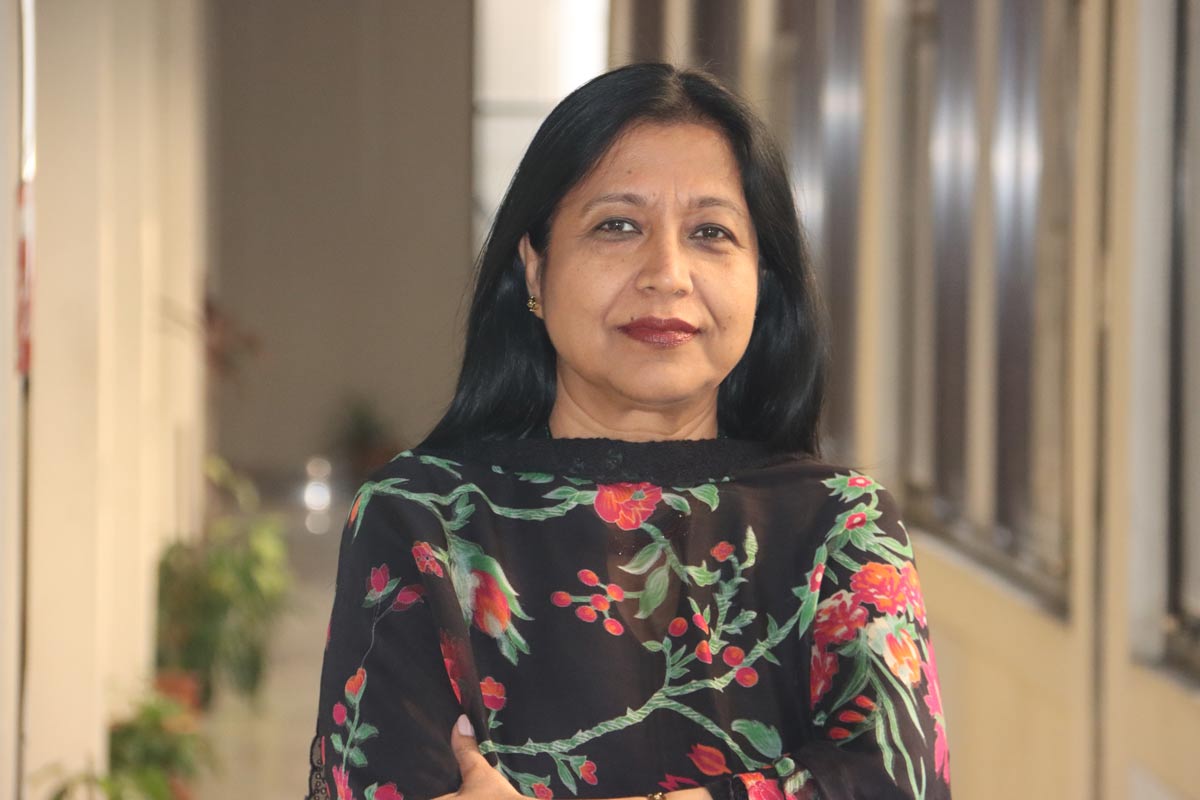
The BCG vaccine, in use since 1924, is given to newborn children, assumed never to have been exposed to the bacterium. Next-generation vaccines are in development.
“The new generation TB vaccines could mean that these vaccines can also be given to adolescents and adults, and could prevent progression from TB infection to TB disease,” Banu says.
Echoing her, vaccine expert Dr Tajul Islam A Bari, former Programme Manager of the Expanded Programme on Immunization (EPI) told VaccinesWork, “Bangladesh has to include the new TB vaccine to add adolescents age group, along with adults, who are the main carriers of Mycobaterium tuberculosis. So, when the new TB vaccine is available, it will prevent both infection and transmission. That helps to reach the TB elimination goal by 2030,” he added.
More from Mohammad Al Amin
Recommended for you

